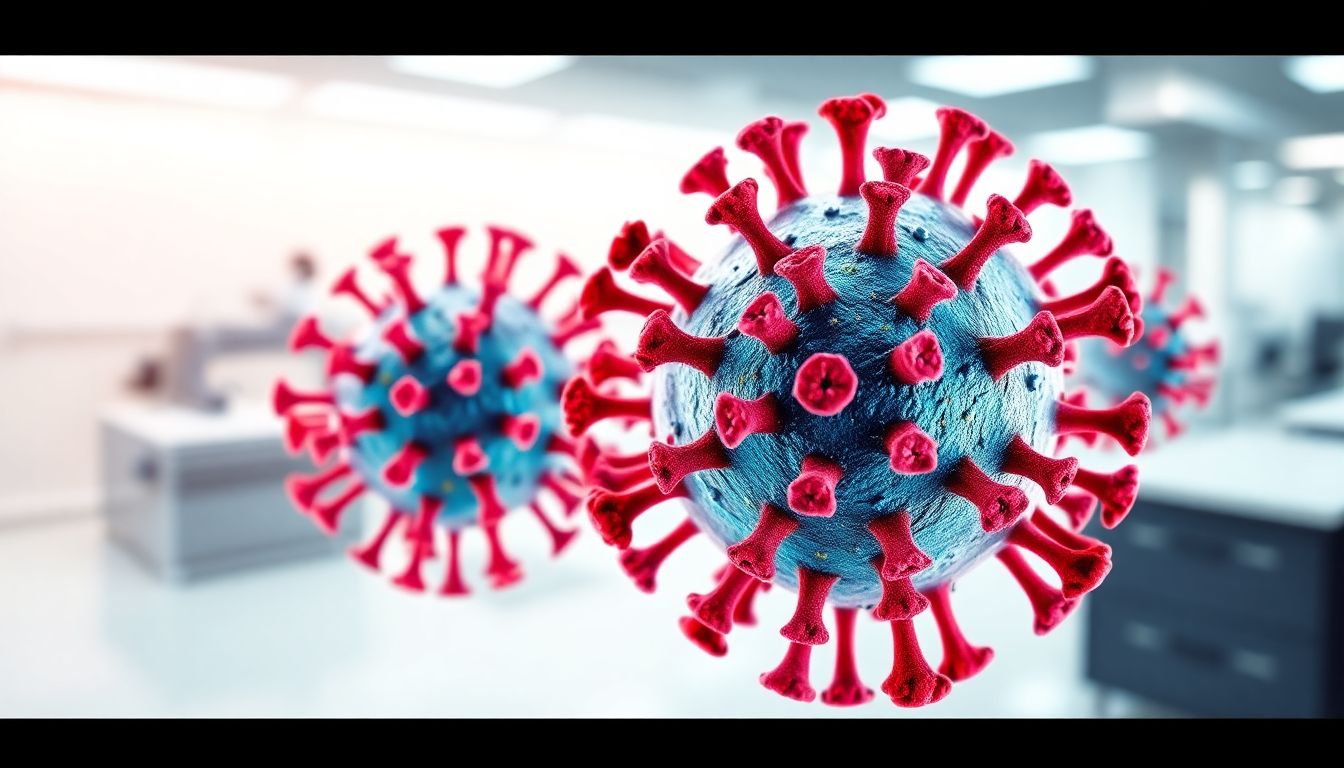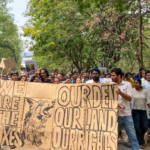
HMPV Virus in China: Your Comprehensive FAQ Guide
Respiratory illnesses are on the rise in China, with millions affected each year. Among these, the Human metapneumovirus (HMPV) has emerged as a significant concern. This article explores HMPV’s symptoms, diagnosis, treatment, and prevention methods, providing crucial information for understanding this virus.
Understanding HMPV in China: Symptoms and Transmission
Common Symptoms of HMPV Infection
HMPV presents several symptoms that can vary in severity. The most common symptoms include:
- Cough: Often persistent and may worsen over time.
- Fever: Varies from mild to high.
- Runny or Stuffy Nose: Common alongside coughing.
- Sore Throat: Can lead to discomfort while swallowing.
- Fatigue: Tiredness is frequently reported.
- Wheezing and Shortness of Breath: Especially in severe cases.
According to studies, cough and fever occur in approximately 80% of cases.
Transmission and Spread of HMPV
HMPV spreads easily through respiratory droplets when an infected person coughs or sneezes. Close contact, such as hugging or shaking hands, can also transmit the virus. High-risk groups include:
- Young children
- Elderly individuals
- People with weakened immune systems
Outbreaks can occur during cooler months when respiratory infections peak.
Differentiating HMPV from Other Respiratory Viruses
HMPV is often mistaken for other viruses. It can be differentiated from:
- Influenza: Usually has a sudden onset of high fever and severe body aches.
- RSV (Respiratory Syncytial Virus): More common in young children and can lead to bronchiolitis.
Consulting medical professionals and testing are essential for accurate identification.
Diagnosing HMPV Infection: Tests and Procedures
Common Diagnostic Methods
Healthcare providers use several tests to diagnose HMPV, including:
- PCR Tests: Highly accurate for detecting HMPV in respiratory samples.
- Rapid Antigen Tests: Offer quicker results but may be less accurate.
Testing accessibility varies by region, and it’s crucial to seek testing when symptoms appear.
Role of Healthcare Professionals in Diagnosis
Early consultation with a doctor is vital for proper diagnosis and treatment. They will assess symptoms, possibly recommend tests, and guide your care based on results.
Interpreting Test Results
- Positive Test: Indicates an active infection. Follow-up care is necessary.
- Negative Test: May suggest no infection, but retesting might be required if symptoms persist.
Always discuss results with your healthcare provider to understand the next steps.
Treatment Options for HMPV in China
Supportive Care and Home Remedies
Most HMPV cases are mild and can be managed at home. Recommended methods include:
- Rest and hydration
- Over-the-counter medications (like ibuprofen or acetaminophen) for fever and pain
- Humidifiers to ease breathing difficulties
Medical Interventions for Severe Cases
In certain cases, especially among high-risk populations, hospitalization may be required. Treatment could involve:
- Oxygen therapy
- Intravenous fluids
- Monitoring for complications
Follow established medical guidelines to ensure effective care.
Antiviral Medications
As of now, no specific antiviral medications are widely available for HMPV. Researchers are studying potential treatments, but support care remains the primary approach.
Preventing HMPV Infection: Practical Steps
Hygiene Practices
Follow basic hygiene measures to reduce the risk of infection:
- Handwashing: Wash hands frequently with soap for at least 20 seconds.
- Covering Coughs: Use a tissue or elbow to cover mouth while coughing.
- Avoiding Close Contact: Stay away from individuals showing symptoms.
Vaccination and Prophylactic Measures
Currently, no vaccine specifically for HMPV is available. Staying informed about new developments in vaccine research is important.
Public Health Measures
Public health initiatives play a crucial role in controlling outbreaks. These efforts include awareness campaigns and promoting vaccination for other respiratory illnesses.
Living with HMPV: Long-Term Effects and Recovery
Potential Complications
HMPV can lead to complications, particularly in vulnerable groups, such as:
- Asthma exacerbation
- Pneumonia
- Bronchiolitis
Monitoring for these is essential.
Recovery Process and Timeline
Most people recover within 1 to 2 weeks. However, some may experience lingering symptoms like fatigue and cough for longer. Consult your doctor if symptoms persist.
When to Seek Medical Attention
If you experience severe symptoms such as high fever, difficulty breathing, or persistent cough, seek medical help immediately.
Conclusion: Key Takeaways and Next Steps
Understanding HMPV is crucial for effective management and prevention. Early diagnosis and treatment can significantly improve outcomes. For more information or to find healthcare providers, consider checking reliable resources such as the CDC or WHO. Stay informed and proactive in health matters to protect yourself and others.
Maha Kumbh Mela 2025: Dates, Shahi Snan, History, Significance & More












Thank you for your sharing. I am worried that I lack creative ideas. It is your article that makes me full of hope. Thank you. But, I have a question, can you help me?
Your point of view caught my eye and was very interesting. Thanks. I have a question for you.
Website for Sale: Panganews.com – Ideal for news, media, or blogging businesses. A great opportunity for anyone looking to enter the online news space. Serious buyers, please contact: somesh.pbhkumar2030@gmail.com
Your article helped me a lot, is there any more related content? Thanks!
Can you be more specific about the content of your article? After reading it, I still have some doubts. Hope you can help me.
Can you be more specific about the content of your article? After reading it, I still have some doubts. Hope you can help me. https://accounts.binance.com/es-MX/register?ref=JHQQKNKN